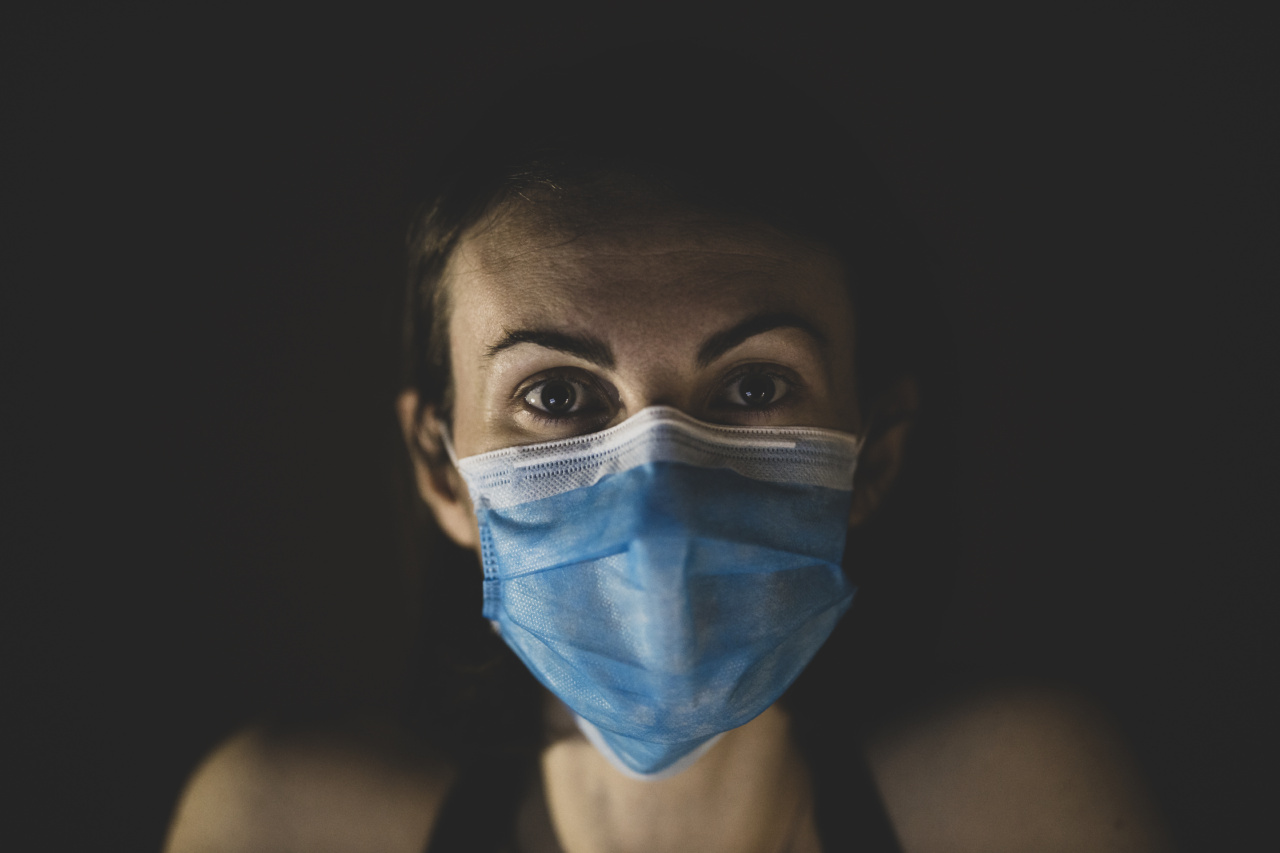The outbreak of the deadly Western virus, commonly known as Nile, has become a grave concern worldwide.
With its rapid spread and high mortality rate, it has claimed the lives of three individuals so far, while infecting over 1600 people across several countries. Health officials and experts are scrambling to contain the virus and prevent further casualties.
The Origins and Spread of Nile
Nile virus, also known as West Nile virus (WNV), was first discovered in Uganda in 1937. It primarily exists in birds and is transmitted to humans and animals through the bite of infected mosquitoes, mainly species from the Culex family.
Initially confined to the African continent, WNV started spreading to other parts of the world in the mid-1990s. It reached North America in 1999, causing a severe outbreak in New York City.
Since then, the virus has continued to expand its reach, affecting various countries in Africa, Europe, Asia, and the Americas.
The transmission cycle of Nile involves mosquitoes feeding on infected birds and subsequently transmitting the virus to humans or animals during a bite.
While humans cannot directly infect each other, some cases of transmission through transplanted organs, blood transfusions, or breastfeeding have been reported.
Symptoms and Diagnosis
Most individuals infected with Nile virus do not show any symptoms. However, around 20% may develop mild symptoms, including fever, headache, body aches, fatigue, skin rash, and swollen lymph nodes.
In some cases, the infection can progress to severe neuroinvasive diseases, such as meningitis, encephalitis, or acute flaccid paralysis.
Diagnosing Nile virus infection can be challenging as the symptoms mimic those of other viral illnesses. Blood tests are commonly used to detect the presence of WNV-specific antibodies in the body.
In severe cases, cerebrospinal fluid analysis may be required to confirm neuroinvasive disease.
Prevention and Control Measures
Preventing mosquito bites is integral to reducing the risk of Nile virus infection. You can take the following measures:.
- Use mosquito repellents containing DEET, picaridin, or oil of lemon eucalyptus.
- Wear long-sleeved shirts and long pants to cover exposed skin.
- Stay indoors during peak mosquito activity periods, typically dusk and dawn.
- Keep windows and doors closed or install screens to prevent mosquitoes from entering.
- Eliminate stagnant water sources, such as birdbaths and flower pots, which serve as breeding grounds for mosquitoes.
- Use mosquito nets while sleeping, especially in areas with high mosquito populations.
There is currently no specific treatment available for Nile virus infection. Supportive care aims to alleviate symptoms and manage complications.
Severe cases may require hospitalization, where patients are closely monitored, provided respiratory support, and given intravenous fluids.
Global Efforts to Combat Nile Virus
The rising number of Nile virus cases has prompted international collaboration and efforts to control its spread.
Countries facing outbreaks have implemented measures to curb mosquito populations, raise awareness among the public, and enhance surveillance systems to track the virus.
In the United States, the Centers for Disease Control and Prevention (CDC) closely monitors and tracks the spread of Nile.
They work in conjunction with local health departments to implement control measures, such as insecticide spraying, promoting community education, and conducting research to develop effective vaccines.
Similar initiatives are being undertaken worldwide, with many countries focusing on mosquito control programs and public awareness campaigns. Developing a vaccine against WNV remains a crucial goal in combating the virus.
Staying Vigilant and Informed
With the ongoing outbreak of the deadly Western virus, staying vigilant and informed about Nile is essential.
Keeping up to date with guidance from health authorities, practicing mosquito bite prevention methods, and seeking medical attention if showing any related symptoms can help individuals protect themselves and their communities.
Remember, prevention is the first line of defense against Nile virus. By taking necessary precautions, we can collectively reduce the risk of infection and minimize its impact on public health.



























